First Day with the Koalas
The real major event of the day is that I finally saw both a kangaroo and a kookaburra! It was actually two kangaroos, grays, bounding across our study site first thing this morning. And I there were two kookaburras, too, but at different times, and around mid-day we heard a bunch of them laughing up a storm.
This was the first field day of the Earthwatch Koala Conservation study, and after 9 hours in the field, I have a new appreciation for field biologists. After training in how to use the GPS and record the appropriate data about the koalas we hoped to spot, we spent a long (4 ½ hours) drizzly windy morning traipsing up and down steep sandy-slippery hills through dense brush trying to see as many of the koalas that inhabited the study site as we possibly could. My half of the group found something like 170, and as my role was to mark the GPS coordinates of the trees in which they sat, I was constantly zigzagging between my 4 compatriots as they spotted the beasts in the canopies. I’d then mark the tree with a chalk X because we were in constant peril of either missing segments of the study site, or recounting the same animals. We actually did some of both, but were able to correct our errors.
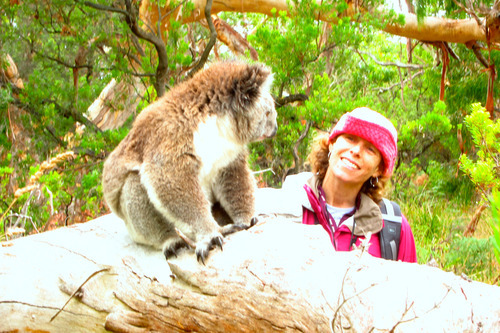
For those of you who care, the region (the Otway peninsula of southern Victoria) is massively over-populated with koalas (there should be a population density of 1 koala per 2 hectares, and this site has 22 koalas per hectare), and as a result, they are overgrazing and killing all the manna gums (their favorite food source). Elsewhere in the country, they are an endangered species, and in places like Brisbane, they are an urban pest, primarily because of deforestation and the encroachment of suburbia on their habitat. Sound familiar?
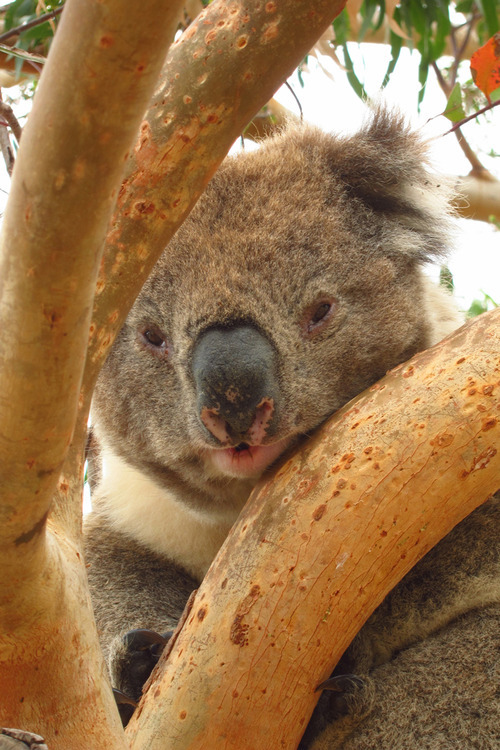
Anyway, Des (Desley Whisson) has been studying this population and their immediate habitat for five years and in addition to just counting koalas, has radio-tagged a couple of dozen and her grad students and Earthwatch volunteers have given them all names. I know that’s anthropocentric and politically incorrect, but it’s more fun and easier to keep track of then random (or systematic) alphanumerics. After lunch in the field, we were given a brief tutorial on radio tracking, and set out to find every beast with a collar and record where exactly it was, what it was doing, and who else was in the vicinity.
I proved to be pretty good at waving the antenna and triangulating the animals, but I did run into one snag. I keep circling one area and had refined the location to a very very few square meters, but I still couldn’t find the koala. It seemed to be somewhere on the ground under a cluster of gum trees. What I had neglected to consider, was that sometimes the koala and its collar become separated, and in this case, Motty had slipped her necklace, and the collar was on the ground. The collars are put on loosely so that they don’t irritate fight-incurred wounds (in males) or hurt the koalas if they get snagged on a branch. As Ari experienced in her sheep project in Grand Teton, sometimes the collars emit a different kind of beep indicating prolonged lack of motion. This can also mean the animal has met its end. There are no kola predators, but they can sometimes mortally wound each other. We found two un-collared very ripe carcasses that had been scavenged by (introduced) foxes who left their scat as calling cards. As much as this was valuable data (dentition was used to determine the age of the animals) that was not the most delightful part of the day.
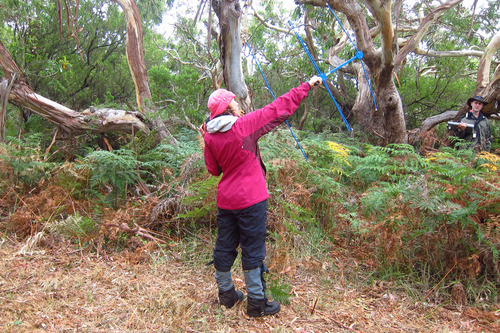
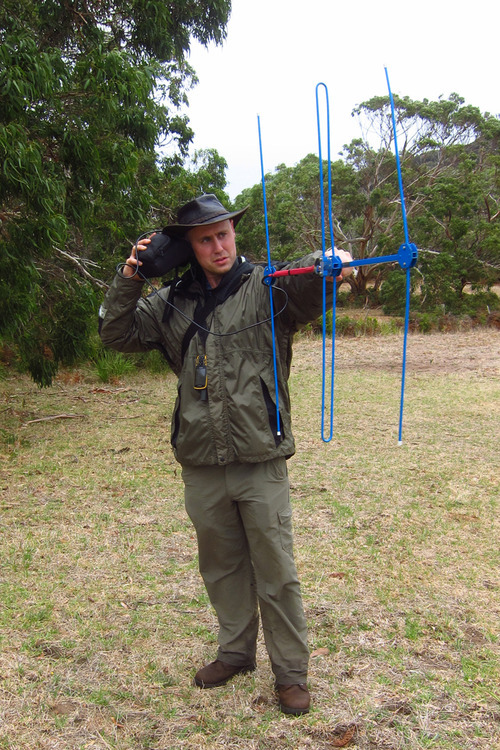
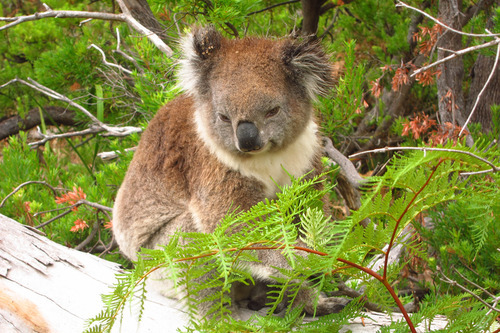
My tracking partner, Tim, and I, found our last critter about a kilometer from where we were told he was likely to be. Because koala food is so low in calories, and it takes so much digestive effort to detoxify the eucalyptus leaves, koalas neither move far nor move much. So finding “Beast” so far from where he was tagged two years ago, and where he was spotted 6 months ago, was unusual, and took us longer than we expected. We felt triumphant when we did locate him, and even happier when we found a large female in the same tree, but very close to the ground so we could see her slightly bulging pouch and green drool dripping around the leaves she was munching, The strong winds precluded my getting good photos, but it was still pretty awesome.
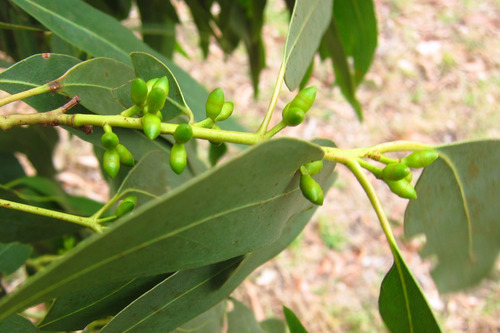
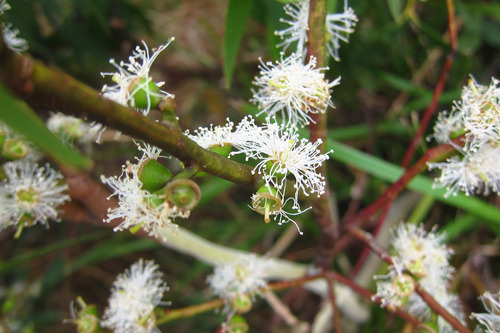
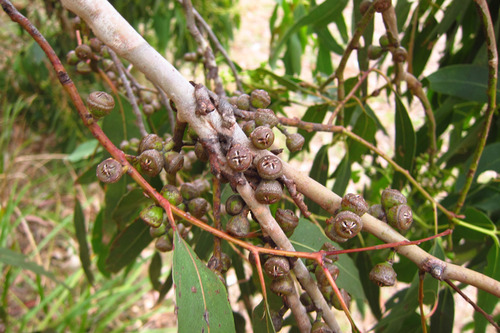
Some of my colleagues spent the afternoon entering data or prepping equipment for whatever we’re doing tomorrow (spotlighting tomorrow night is on the schedule), and now we’re all relaxing, chatting, and waiting for the dinner crew to finish cooking. We rotate nights, but I haven’t had a turn yet. The menu is set (a necessity when pre-provisioning for 8 people for 10 days) but the cooking rotation materializes as needed.
The internet connection here is accessible to us from the porch of the office, and is not very robust. I will endeavor to hold on to my connection long enough to add photos to this blog and get is sent out. I hope you are all well and enjoying whatever it is you’re doing. If you have sent me e-mail, thank you. I’m going to download messages after I send this, but if you’re counting on me checking Facebook, that’s not likely to happen for the next week or so.
I miss you all!